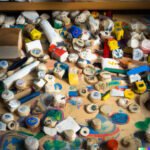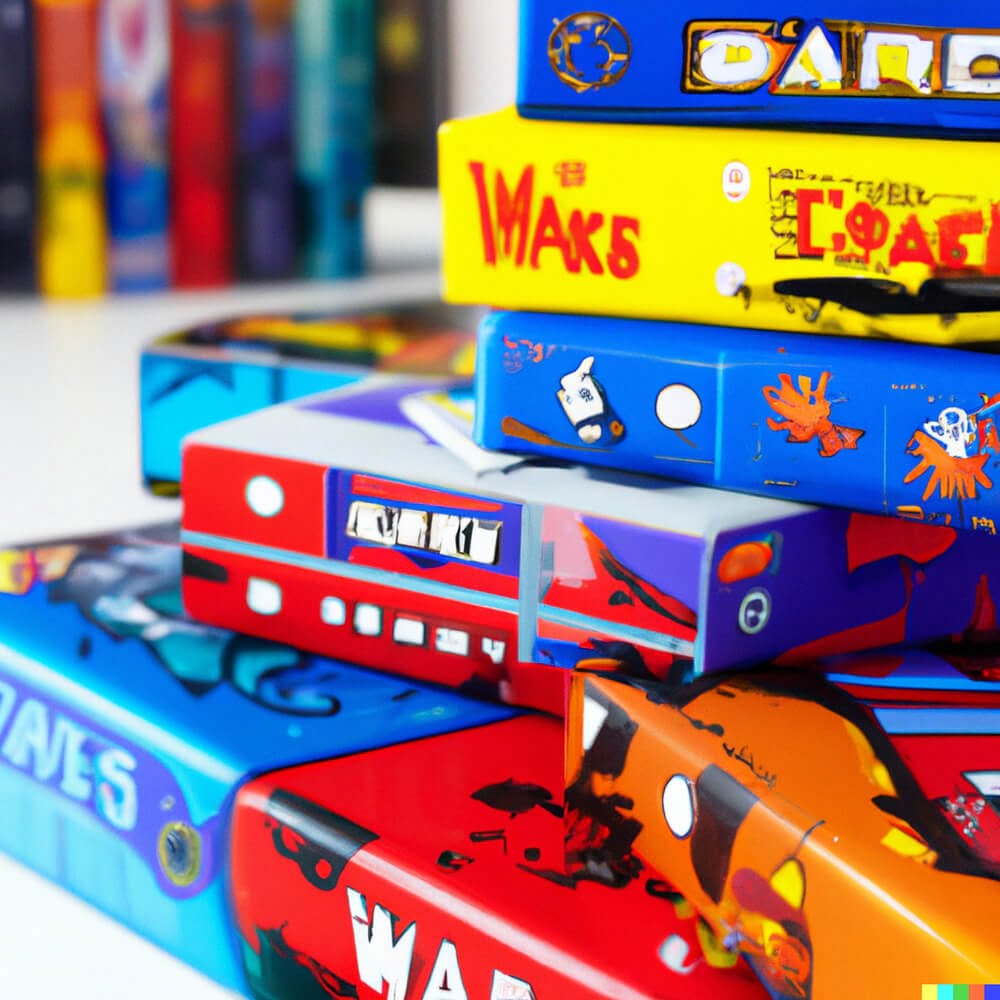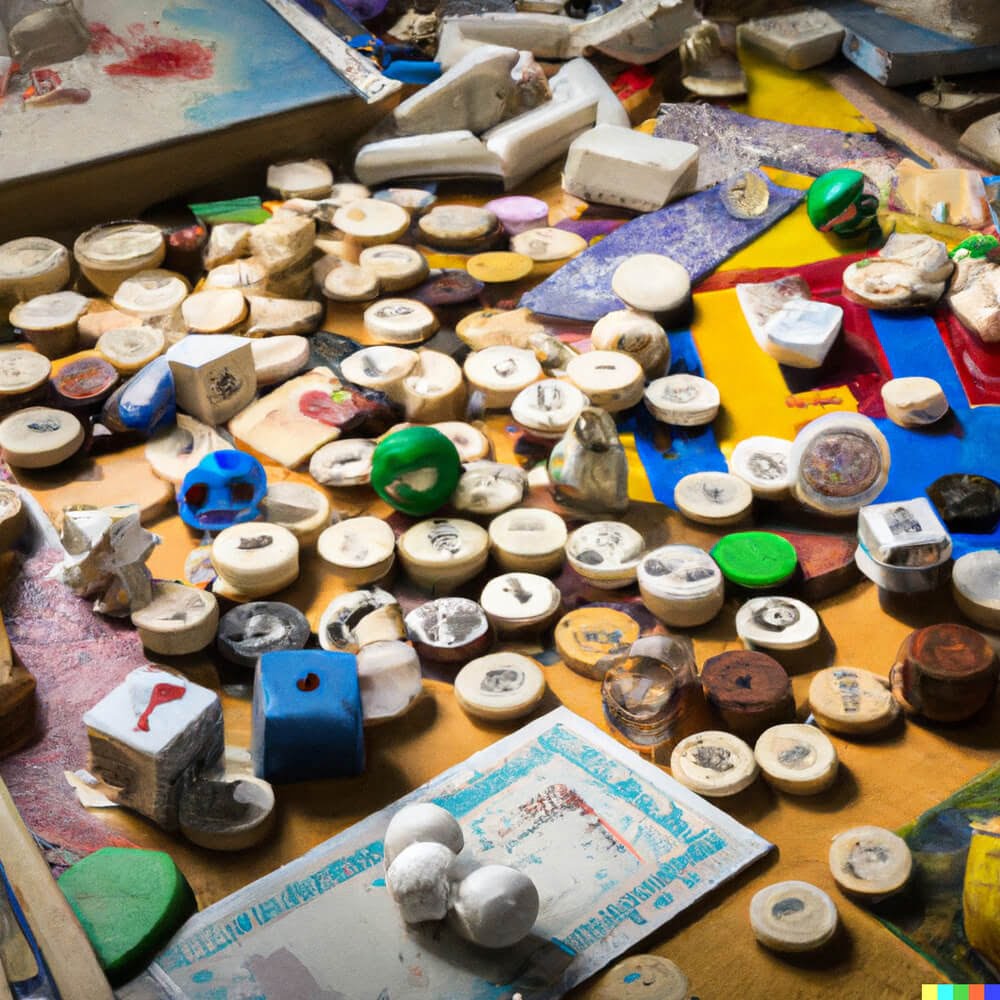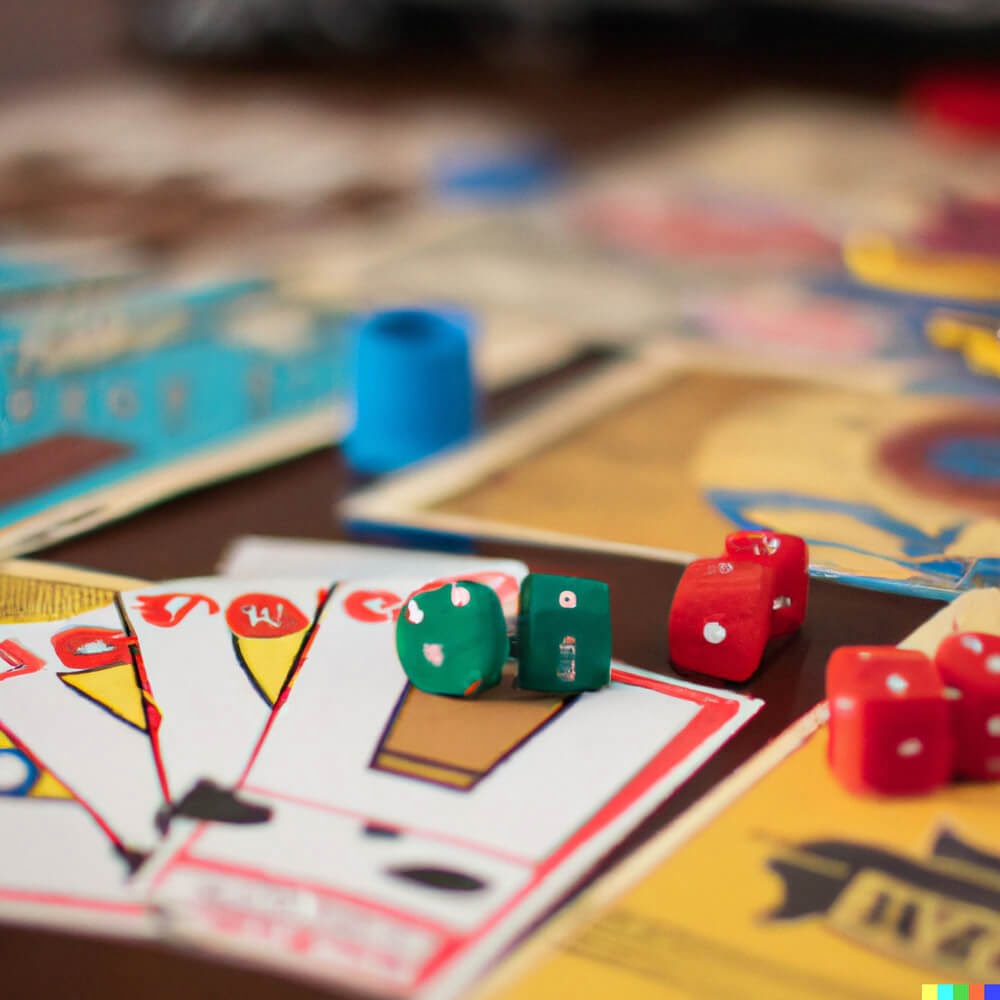Introduction
Foldable board games have been around for centuries and provide hours of entertainment to people of all ages. From traditional board games like Monopoly, Clue, and Scrabble to more modern video game-inspired favorites like Pandemic or Carcassonne, there’s something to satisfy everyone’s preferences.
The history of foldable board games dates back centuries and although their components may have changed over the years, the essential elements ” a playing surface and tokens ” remain the same. This makes them great for traveling with since they can be conveniently folded up for easy storage and transportation.
Today, foldable board games are still incredibly popular due to the many variations offered in stores or online. People also enjoy creating their own customized boards from scratch with specific rules designed to make them stand out from even the most sophisticated designs made by experienced game designers. This customization offers almost limitless possibilities when it comes to enjoying these timeless classics indefinitely!
Foldable board games are also great educational tools, as they help players develop strategies while strengthening their minds by exercising problem solving skills in a fun way. Additionally, studies have linked regular play of such games with improved memory recall abilities, fine motor skills development in children, master organization techniques and cognitive enhancements such as increased logical reasoning aptitude. Not only are these activities enjoyable but beneficial too!
Finally, these types of board games continue to be timeless hits due to its replayability; no two rounds will ever be exactly the same thanks to randomizer models that keep players surprises with each matchmaking session. Whether it’s played solo against an AI or simply competing alongside family members or online strangers alike (where many services offer variant levels of difficulty!), foldable board games are here to stay!
Materials
To make a foldable board game, you will need the following materials: cardstock, scissors, a ruler or straight edge, scissors, and glue or tape. Cardstock is best for making board games as it is strong and stiff enough to stand up on its own. If you choose colored cardstock, it can provide color and texture to the game which may be desirable depending on your design. Scissors are needed to cut out pieces including game cards and shapes for the game path. A ruler or straight edge will ensure that all pieces are cut accurately and evenly. Finally tape or glue can be used to secure the foldable board together when assembling.
Instructions for Making the Folding Board
Making a foldable board game can be a fun and creative task if you follow the right steps. First, cut a piece of thin cardboard into squares or rectangles. Make sure to use precise measurements so that the pieces fit together correctly. Cut in such a way that each corner is slightly rounded, which will make it easier to fold later on. Next, draw your desired gameboard design onto one side of the cardboard with a marker or pen. Then cut numbered spaces into your Foldable Board Game by making two cuts at opposite edges for each space and then folding them downwardly into position.
Next, you should glue each space separately using craft glue or glue sticks, depending on the type of material you use for your board game. Apply adhesive on both sides of the pieced cardboard before folding and pressing together to ensure everything stays in place when playing. Finally, once all sections are glued down and folded correctly, it’s time finish off the board by giving it color with markers or crayons and customizing with titles and other designs!
Attaching the Playing Pieces
There are many different techniques for attaching the playing pieces to the board securely. You can use glue, double-sided tape, Velcro, hot glue or silicon sealant. Glue is a simple method that provides a strong bond between the board and playing pieces, however it is not as adjustable or changeable as other techniques such as Velcro. Double-sided tape is also easy to apply but will not provide the same secure bond as glue and so may be better suited for lighter weight pieces. Hot glue can provide a fast and long lasting adhere but again it’s not very adjustable or removable if you make mistakes. If strength and flexibility are what you’re after then Velcro would be a good choice; it allows removable attachment of pieces so if necessary they can be re-positioned in order to balance out gameplay. For a strong waterproof seal that doesn’t require too much effort silicon sealant might be ideal; although it takes longer to set this will ensure your board game pieces stay firmly attached whatever the weather!
Finishing Touches
Once you have finished constructing the board, it is time to give your game some character or theme! Depending on the nature of your game and personal preference, there are many ways to make your board more visually appealing.
One popular way is to use paints or markers to create a scene on the surface of your game table. This can be done freehand or with stencils. If freehanded, practice drawing out rough sketches before applying them directly on the board. For stencils, most craft stores will have a wide selection of designs, from animals to geometric shapes. After you select a shape(s) trace them onto contact paper then set it on top of the game board and use either spray paint or brush-on paint to bring them to life.
Another option is to add paper elements directly onto the existing pieces like paper characters or decorative stickers. Print out characters such as pirates or princesses and cut them out before gluing them onto the board pieces. You can also find sticker sheets at craft shops which offer a variety of shapes and textures that won’t damage the surface when removed later down the line. With a few art supplies and basic crafting skills your foldable game will be ready to play in no time!
Problem Solving
Making a foldable board game requires some planning and organization. When creating a board game, it’s important to consider the players and design a game specifically for them. It’s also important to think about the type of game being created, as there are many ways to explore new ideas and entertain people. Before getting started, make sure you have all of the supplies needed for the project: cardstock or any other sturdy paper material, scissors or an X-Acto knife for cutting out shapes, glue or tape for adhering pieces together, markers or colored pencils for decoration, and any other materials needed based on the design of the game.
Possible issues that may arise while making your own foldable board game include difficulty with cutting out exact shapes for game pieces and not having enough supplies. To solve this problem, you can use templates instead of freehand details when cutting out shapes. You can also work on parts of the game one at a time; this will allow you to better track which items you need without running out of supplies mid-project. Additionally, if you’re working with paper materials it may be helpful to separate each layer into different colors in order to create depth in your designs.
Final Thoughts
Storing and Maintaining the Game: When you have finished making your board game, it is important to store it in a safe place where it won’t get damaged. A sturdy cardboard box or a plastic tub would work well. Make sure to store all the pieces and components of the game together, such as dice, cards and playing pieces separately so they don’t get lost or mixed up. Keep your board game away from heat, dampness, and direct sunlight to help it last longer.
Activities with the Game: Once you have your foldable board game made, think about some fun ways to use it. If you are playing with friends or family you could turn it into a competition”who can get around the board game the fastest? You could also make up rules like collecting resources throughout the game or having certain points that allow players to jump ahead on their turn. As an educational activity for kids why not turn the board game into an interactive map of different countries or states”have them guess what country or state each space is from!

I love playing all kinds of games – from classics like Monopoly to modern favourites like Ticket to Ride.
I created this blog as a way to share my love of board games with others, and provide information on the latest releases and news in the industry.





